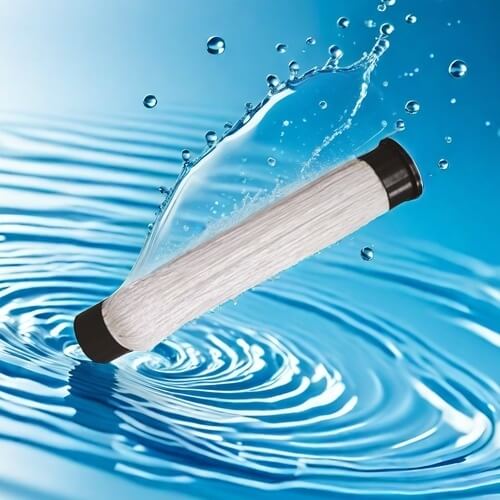Mercury containing wastewater treatment process
The treatment process of mercury containing wastewater mainly includes the following methods, aimed at effectively removing mercury ions from water and ensuring discharge standards.
1. Chemical precipitation method
Chemical precipitation method is a commonly used technique for treating mercury containing wastewater. By adding precipitants (such as sodium hydroxide, sodium sulfide, etc.) to the wastewater, mercury ions are converted into insoluble compounds, which are then separated by precipitation. The specific steps include:
Adjust pH value: Usually adjust the pH to 8-9 to promote the precipitation of mercury.
Add precipitant: such as sodium sulfide reacting with mercury to form mercury sulfide precipitate.
Settling and Separation: After precipitation, let it stand for a period of time to separate the supernatant and precipitate.
This method has the advantages of low cost and simple operation, but it may generate a large amount of sludge.
2. Adsorption method
Adsorption method utilizes various adsorption materials (such as activated carbon, modified zeolite, resin, etc.) to remove mercury from wastewater. The advantages of this method include:
Efficiency: capable of removing low concentrations of mercury.
Strong selectivity: Some specific adsorbents have good selectivity for mercury ions.
However, the regeneration and replacement of adsorbents may increase processing costs.

3. Electrochemical method
Electrochemical method promotes the removal of mercury through current guided reactions. Common methods include:
Electrocoagulation: Using electrode reactions to generate hydroxides, adsorbing and precipitating mercury.
Electrolysis method: Removing mercury ions by reducing them to metallic mercury through electrolysis.
This method has high processing efficiency, but requires significant equipment investment.
4. Advanced oxidation technology
Advanced oxidation technologies (AOPs) degrade difficult to biodegrade organic pollutants and heavy metals by generating hydroxyl radicals. The specific process usually includes:
Mixed reaction: Mix wastewater with oxidants such as ozone and hydrogen peroxide.
Photocatalytic reaction: Using UV light source to excite the catalyst and accelerate the reaction process.
This method can effectively reduce harmful components in wastewater, but it requires high equipment requirements.
5. Comprehensive processing technology
In practical applications, multiple processing methods are often combined to improve the overall processing effect. For example, first use chemical precipitation to remove most of the mercury, and then further purify the water quality through adsorption or membrane separation. This comprehensive treatment method can effectively reduce treatment costs while improving effluent quality.
In summary, there are various treatment processes for mercury containing wastewater, each with its own advantages and disadvantages. The selection of suitable methods should be based on specific circumstances, including factors such as wastewater composition, concentration, and subsequent treatment requirements.
